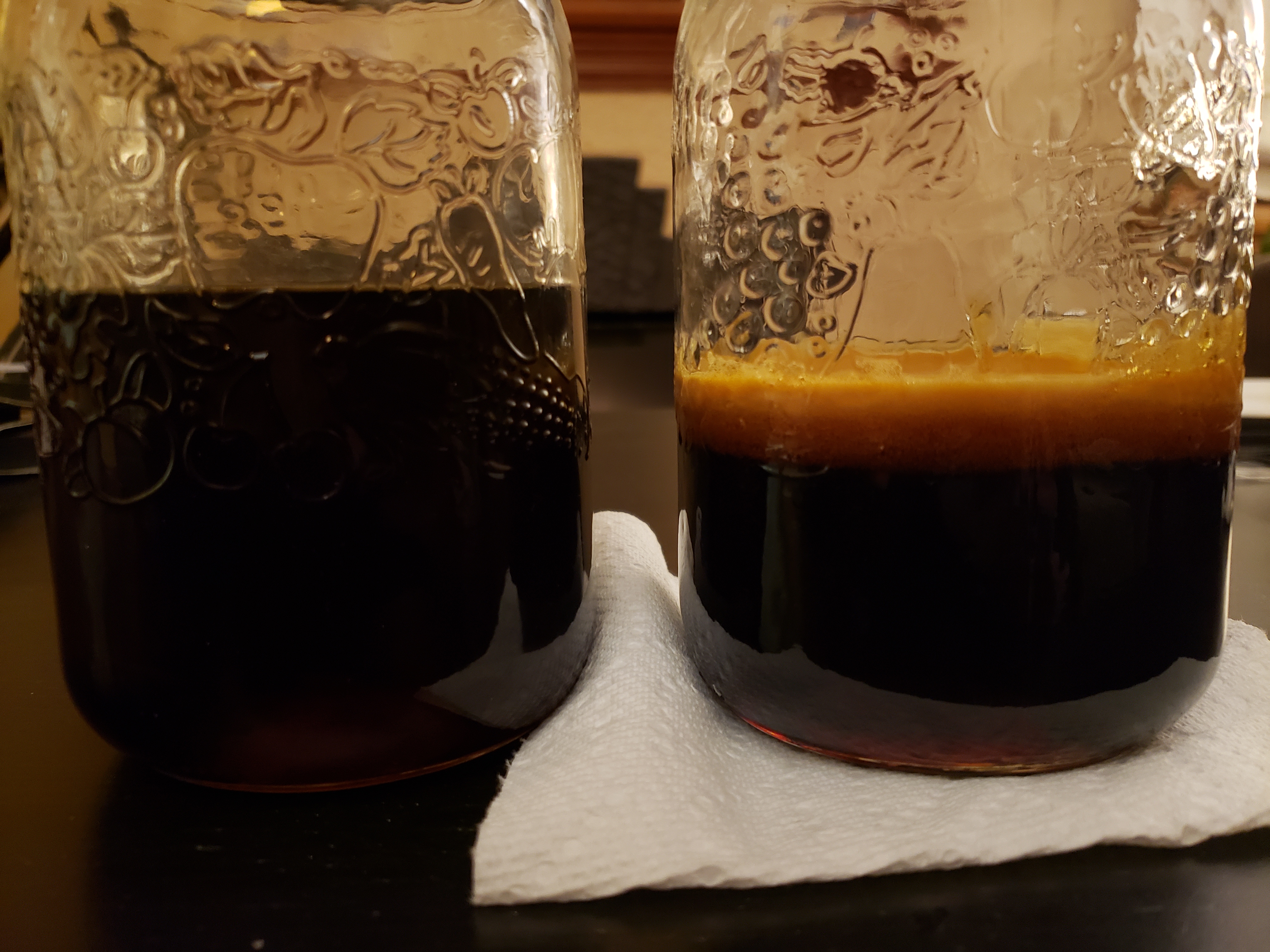A few weeks ago on my weekly Zoom with my homebrew club, we were drinking a Belgian tripel my friend had brewed (we have a homebrew club bottle swap every once in a while and then drink them together on Zoom) and he mentioned that he had used homemade invert sugar. I remembered reading somewhere that the Belgian candi sugar was made with beet sugar and was inverted with a base whereas British invert sugar was made with cane sugar and inverted with acid (the standard practice many of us have done) and challenged him to try making candi sugar the next time (he is a retired biologist with a huge home lab and lots of time on his hands, so he is up to the challenge).
I sent him these links, which explain the differences between the Belgian and British sugars:
Making Belgian Candi Sugar
Belgian Candi Sugar II
Candy Syrup the <u><i>Right</u></i> way (Hint - We've been doing it <u><i>Wrong!</u></i>)
I hadn't read them that closely, but looking again a whole bunch of things are popping out at me:
"Caramelization and maillard reactions are the reason we get the great flavors from the dark Belgian candy syrups. Caramelization is very different than maillard reactions, caramelization is a type of pyrolysis. Essentially what is happening is we are carbonizing the sugars, this if taken too far results in the characteristic burnt sugar flavor. If controlled and done correctly caramelization will essentially results in solely color formation."
"The acid lowers the pH of the sugar, which brings the Maillard reactions to a near stop."
So if you are making dark invert sugar for color, super low pH may be fine, but if you are doing it more for flavor, you definitely don't want the super low pH. Also explains why English brewers caramel adds color without adding much flavor.












![Craft A Brew - Safale BE-256 Yeast - Fermentis - Belgian Ale Dry Yeast - For Belgian & Strong Ales - Ingredients for Home Brewing - Beer Making Supplies - [3 Pack]](https://m.media-amazon.com/images/I/51bcKEwQmWL._SL500_.jpg)













































